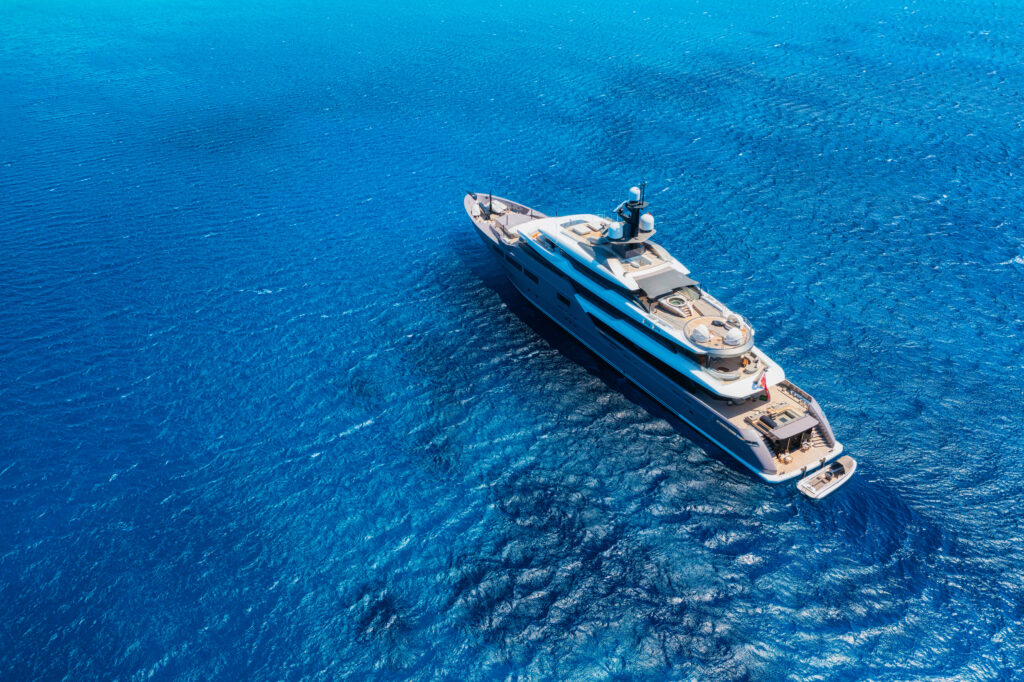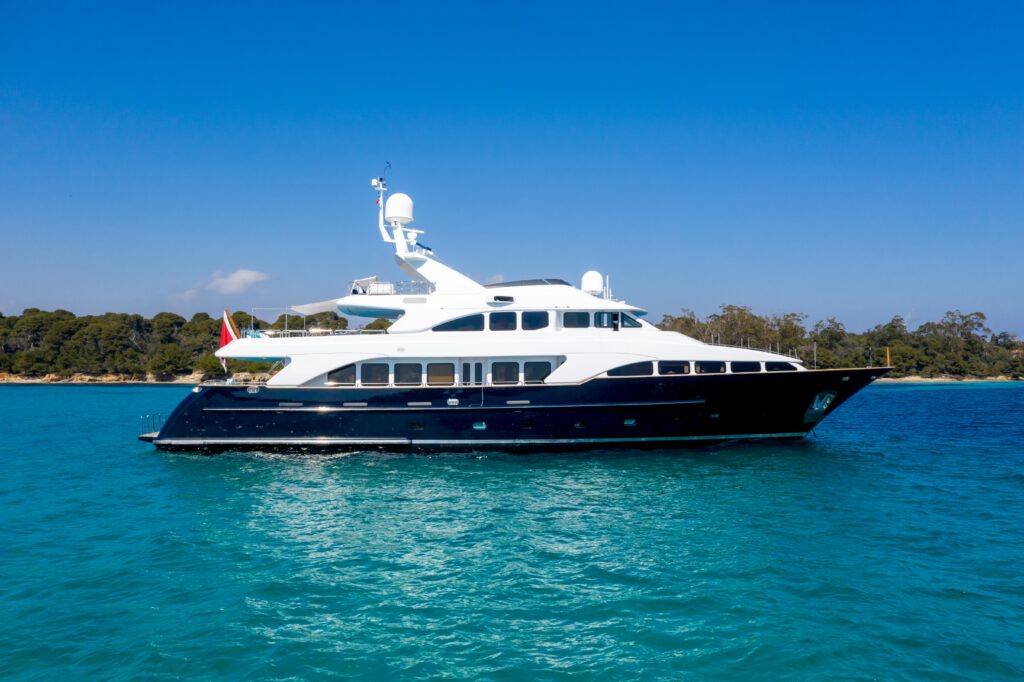For centuries, yachts have symbolized wealth, freedom, and adventure on the sea. Today, they are more accessible than ever, with vessels ranging from modest sailing yachts to extravagant superyachts stretching hundreds of feet. This leads to a natural question: how many yachts are there in the world? While exact figures vary depending on definitions, industry associations, and registration databases, estimates suggest that the global yacht fleet numbers in the tens of thousands, with steady growth year after year. Exploring how these figures are calculated, what types of yachts are included, and where demand is strongest offers insight into the scale of an industry that continues to expand worldwide.

Defining What Counts as a Yacht
Before answering how many yachts are there in the world, it is important to clarify definitions. In its simplest sense, a yacht is a vessel designed for recreation rather than commercial use. Size thresholds vary: some countries classify yachts as vessels over 30 feet, while others set the bar higher at 40 feet or more. Superyachts are typically defined as vessels exceeding 80 to 100 feet, while megayachts and gigayachts can exceed 300 feet. These definitions matter because they influence how global numbers are counted, whether through registration databases, market research, or fleet statistics maintained by organizations like the Cruise Lines International Association (CLIA).
Global Estimates of Yacht Numbers
While small recreational boats number in the millions worldwide, the population of vessels formally recognized as yachts is much smaller. Industry analysts estimate there are over 10,000 superyachts (longer than 80 feet) currently afloat. If we expand the definition to include sailing and motor yachts over 30 feet, the number climbs significantly, with tens of thousands more registered across North America, Europe, and Asia. Thus, when asking how many yachts are there in the world, the answer depends on scope: thousands at the luxury end of the spectrum, and tens of thousands more when mid-sized vessels are included.

Geographic Distribution of Yachts
Yacht ownership is concentrated in certain regions. Europe, particularly the Mediterranean, remains the most popular hub for both ownership and charter. North America, with strong markets in Florida, California, and the Northeast, is another center. The Caribbean serves as both a playground and winter destination for many yachts. Asia and the Middle East are emerging markets, with increasing orders for large yachts from new buyers. Geographic distribution provides another lens to understand how many yachts are there in the world, revealing both long-established centers and rapidly growing regions.
Superyachts and Megayachts
The superyacht sector captures much of the world’s attention. Vessels over 80 feet often feature luxurious amenities such as swimming pools, helipads, gyms, and cinemas. Estimates suggest that more than 5,000 superyachts above 100 feet are currently in operation worldwide. At the very top end, megayachts—those over 300 feet—are few in number, with only a few dozen existing globally. These figures illustrate that while most yachts are modest in size, the question of how many yachts are there in the world includes a small but influential elite group of enormous vessels.

Trends in Yacht Ownership
Ownership trends influence global yacht counts. Over the past two decades, demand for superyachts has increased steadily, fueled by rising wealth in emerging markets. Charter operations have also expanded, making yachts accessible to clients who do not own them outright. Another trend is the rise of explorer yachts, designed for long-range cruising to remote destinations. These shifts affect not only how many yachts are there in the world but also what kinds of yachts are being built and purchased, reflecting evolving owner preferences.
Shipyards and New Construction
The number of yachts grows each year as new vessels are delivered from shipyards in Europe, North America, and Asia. Leading builders in Italy, the Netherlands, and Germany dominate the superyacht segment. Smaller yards worldwide contribute to sailing yachts and mid-sized motor yachts. While new deliveries increase the fleet, older yachts are sometimes retired or scrapped, meaning net growth is steady rather than exponential. When considering how many yachts are there in the world, newbuilds and retirements balance to create a gradually expanding global fleet.

Registration Databases and Statistics
Yacht numbers are tracked through national and international registration systems. In the United States, the U.S. Coast Guard maintains documentation for larger vessels, while state agencies track smaller registrations. Globally, maritime organizations and classification societies keep records of larger yachts that must comply with international safety and crewing standards. While no single database provides a definitive answer, combining these sources creates reliable estimates of how many yachts are there in the world.
Economic Impact of Yacht Ownership
The global yacht fleet supports a vast economic ecosystem. Shipyards, marinas, crew agencies, charter brokers, insurers, and financiers all depend on yacht activity. Each new vessel represents jobs for builders, designers, and captains, as well as ongoing expenses for fuel, maintenance, and upgrades. From this perspective, asking how many yachts are there in the world is also asking how significant is the industry that supports them. The answer is clear: the industry is robust, resilient, and growing steadily.

Charter Markets and Accessible Ownership
Not every yacht is privately owned. Many are operated in charter fleets, allowing owners to offset costs and clients to enjoy yachts without full ownership. This practice expands effective access to yachting and keeps vessels active. Companies offering charters often rely on financing structures similar to those used for fleets of smaller commercial vessels. Thus, the number of yachts in charter operations adds another dimension to the question of how many yachts are there in the world, as the industry includes both private and shared-use vessels.
Refits and Longevity of Yachts
Yachts have long lifespans, often exceeding several decades if properly maintained. Refits and upgrades extend their usability and keep older yachts competitive in the market. Boat owners often pursue boat financing to fund such projects, ensuring their vessels remain valuable assets. Longevity means that the fleet size is cumulative over time, as vessels remain in service for years, even as new ones are delivered. This contributes to the steady rise in how many yachts are there in the world.

The Role of Financing in Yacht Growth
As yachts increase in both number and size, financing plays a pivotal role. Luxury vessels require significant upfront investment and ongoing maintenance costs. Many buyers pursue tailored yacht financing solutions to make ownership possible. Fleet operators rely on best boat fleet financing to expand charter or commercial operations. This financial infrastructure supports the growth of yacht numbers worldwide and ensures accessibility across a broader range of owners.
A General Estimate of Global Yacht Numbers
So, how many yachts are there in the world? Current estimates suggest tens of thousands, depending on definitions. Around 10,000 superyachts over 80 feet are operational, with thousands more mid-sized sailing and motor yachts between 30 and 80 feet. When smaller recreational vessels are excluded, the global yacht fleet still represents a significant community of owners, crew, and industry professionals. These numbers highlight the scale of yachting as both a leisure activity and an economic force.

Conclusion
So, how many yachts are there in the world? While definitions vary, the answer is in the tens of thousands, with over 10,000 superyachts and many more mid-sized vessels actively sailing. The industry continues to grow, fueled by new wealth, expanding charter opportunities, and innovations in design and sustainability. This growth underscores the importance of financial planning in ownership. Just as the global yacht fleet reflects rising demand, individuals and businesses benefit from financing structures that support acquisition, upgrades, and fleet expansion. Float Finance helps clients turn yachting aspirations into reality by offering solutions tailored to the scale and ambition of their maritime ventures.
